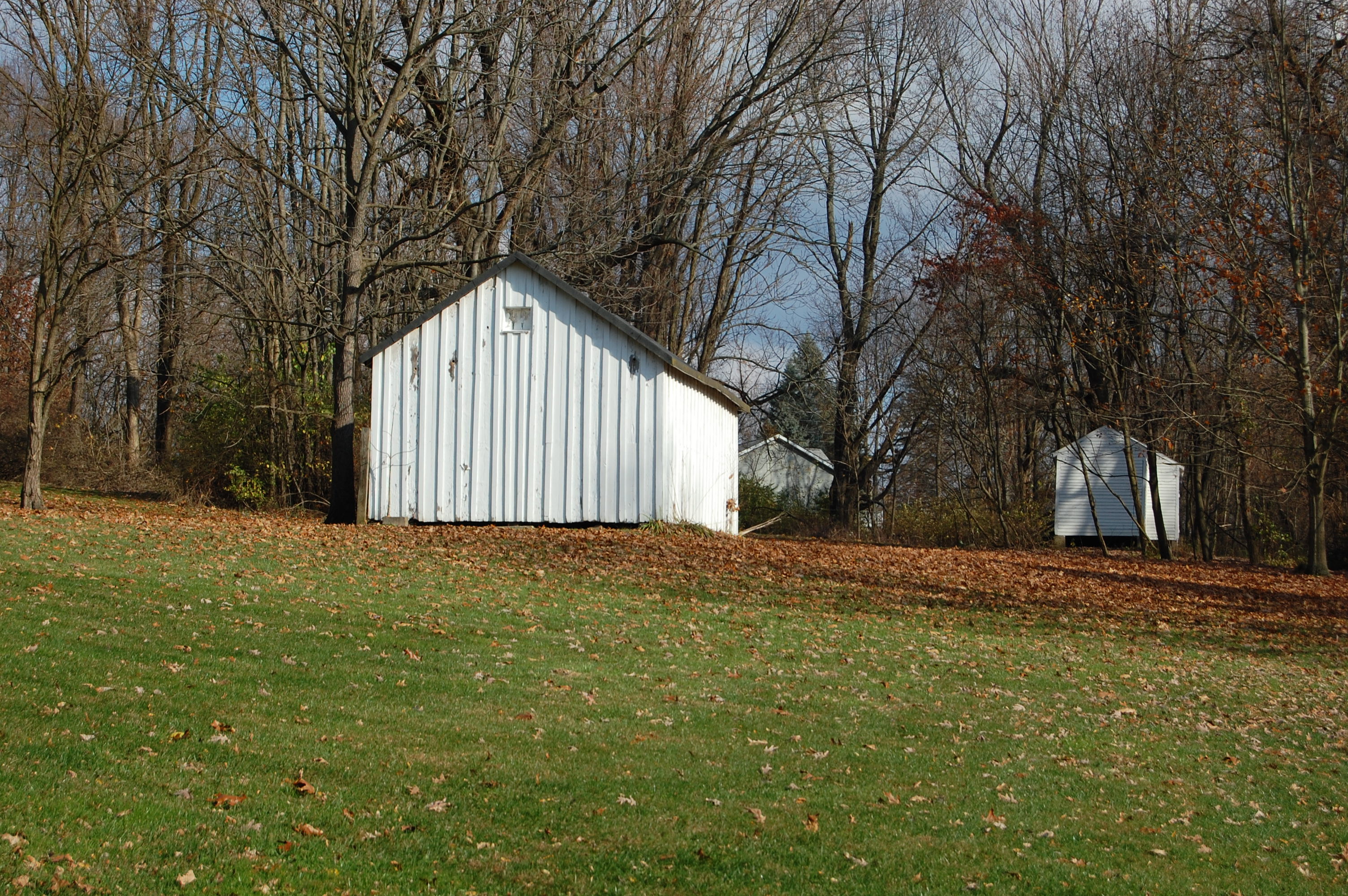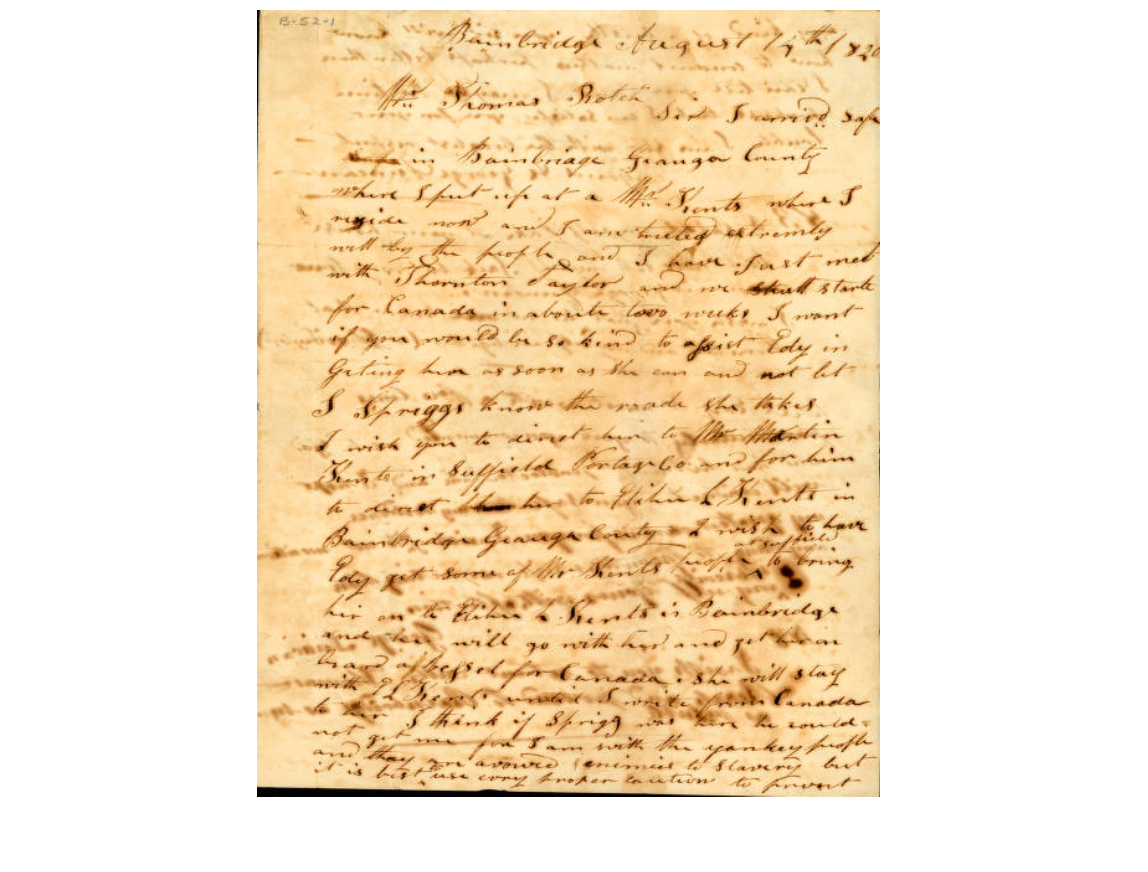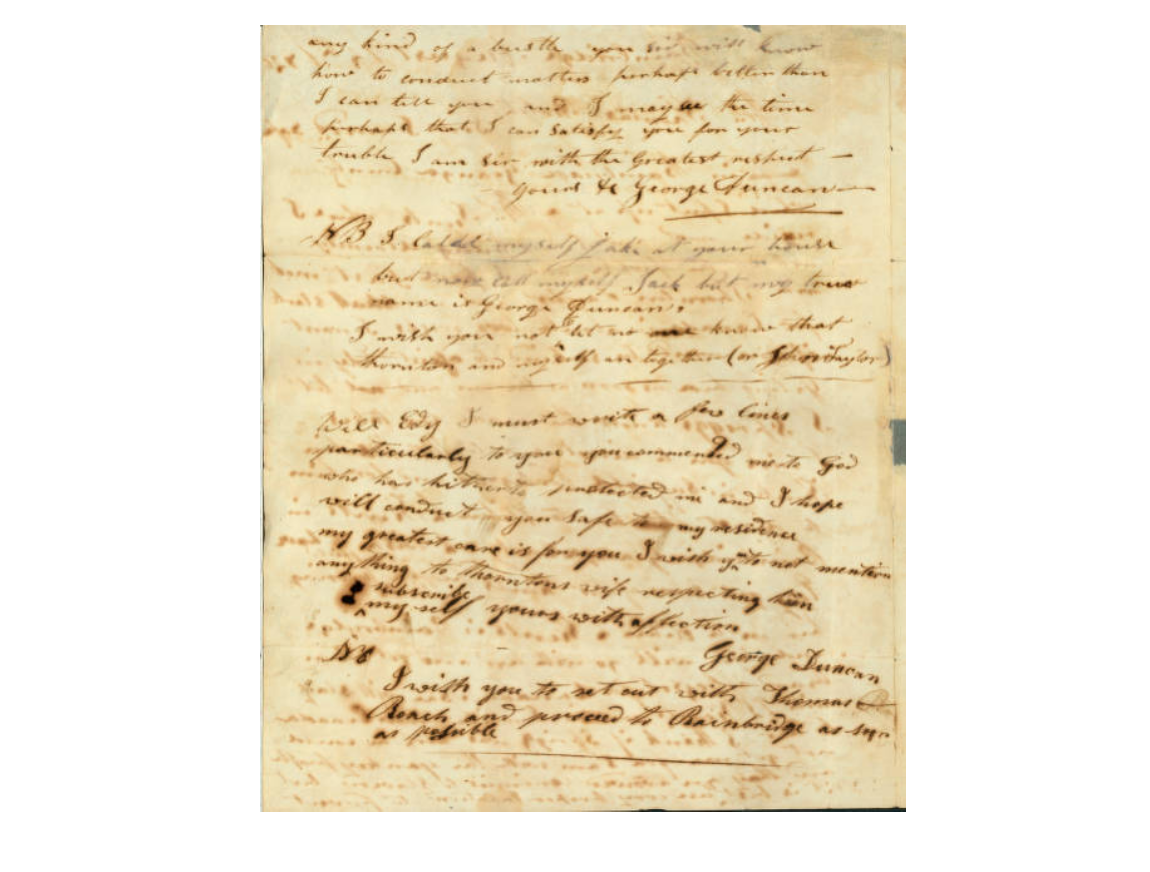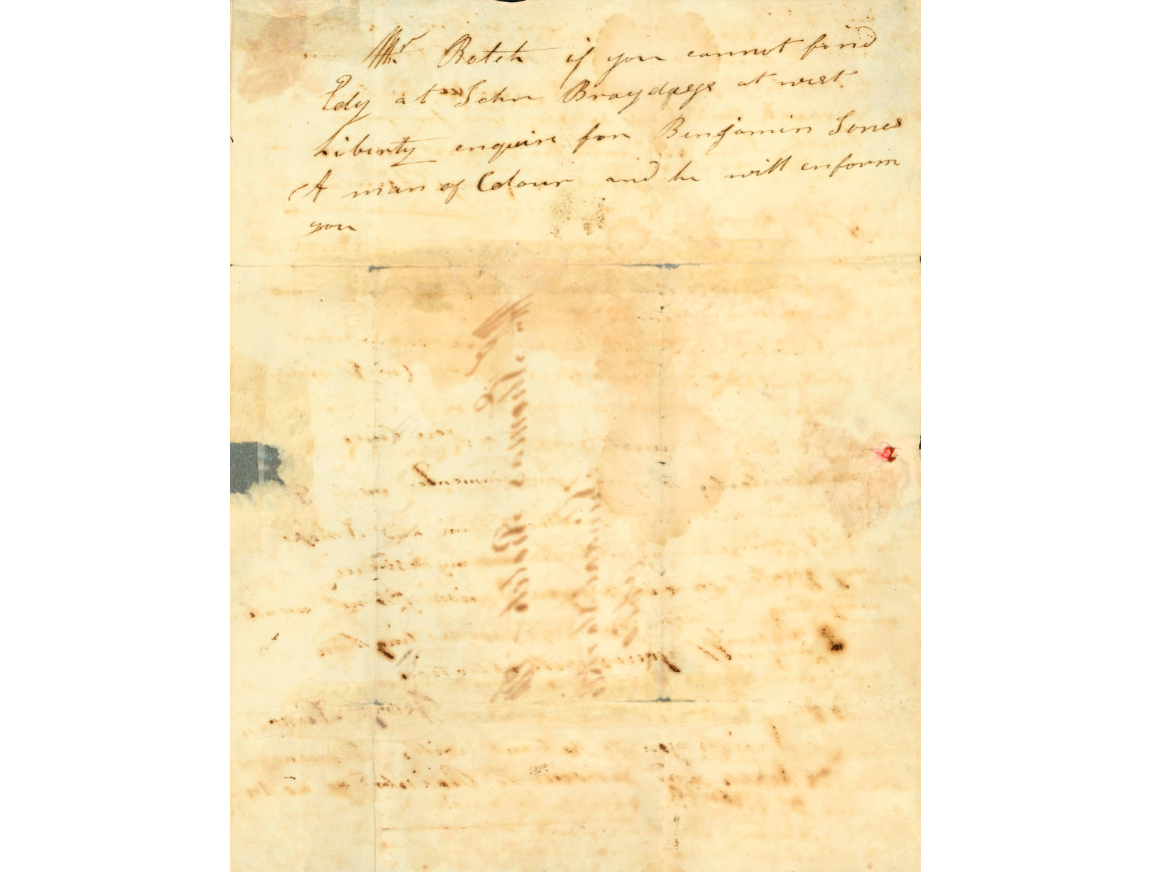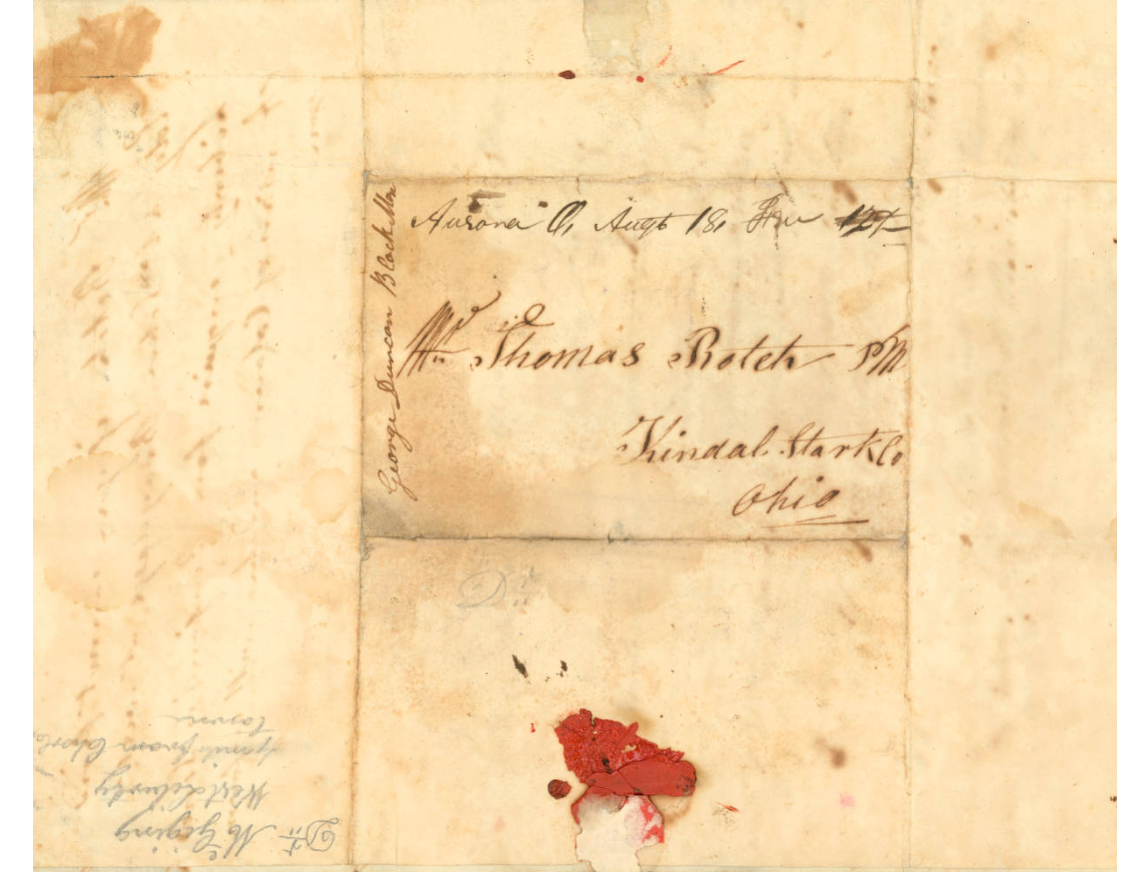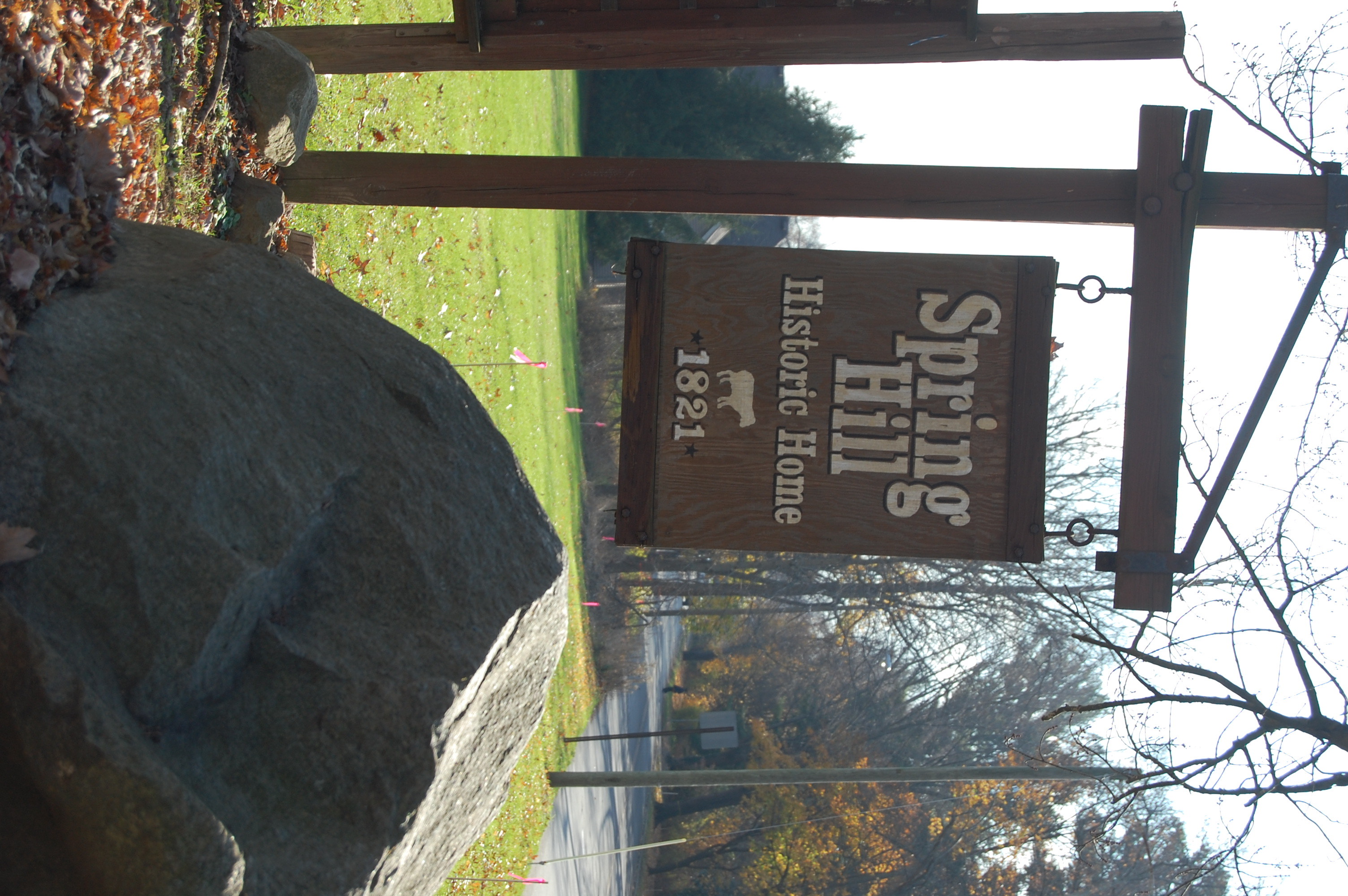Spring Hill, Massillon, OH
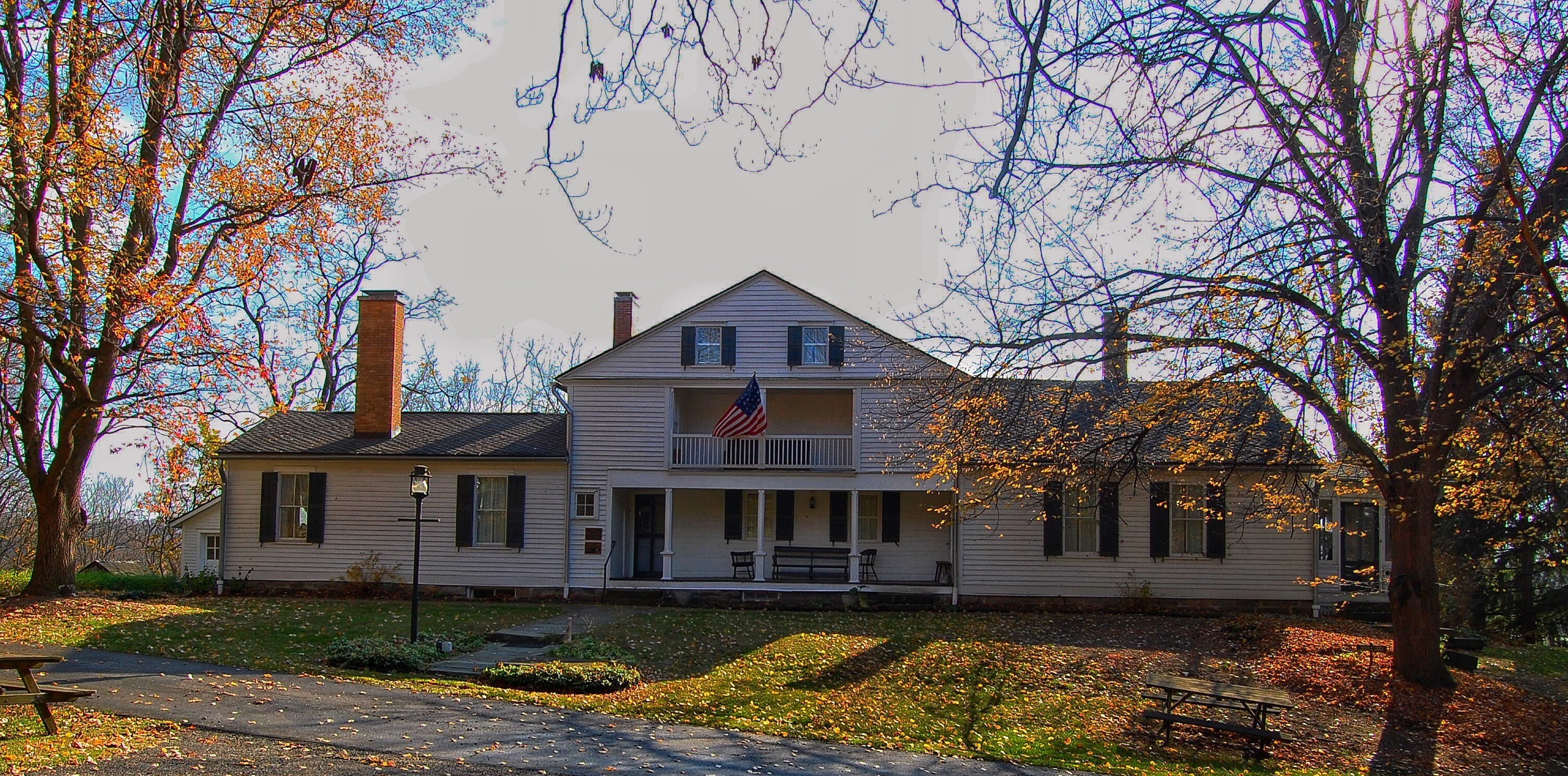
The Spring Hill Home located at 1401 Springhill Ln NE, Massillon, OH 44646 is an important piece of Northeast Ohio history that has been well preserved and can be seen today. Although no one is completely certain when the Springhill Home was built, many speculate that it was built before 1821.[1] The Spring Hill home has served many roles over the past 199 years.
Around 1821, Charity and Thomas Rotch, a couple from Massachusetts, moved to Ohio for Charity’s health and they decided to build the Springhill House.[2] The Springhill House was important to the history of the Massillon area because the Rotchs were Quakers who opened up their home to runaway slaves on the Underground Railroad.
As is usual for many homes on the Underground Railroad, not much exists proving the actual use of the Springhill Home as an Underground Railroad because of the 1850 Fugitive Slave Law Act.[3] This Act required that runaway slaves should be returned to their owners, even if the slave was found in a free state and made the harboring of such slaves illegal. One evidence that the Springhill Home did take part in the Underground Railroad can been seen in the archives of letters, diaries, and ledgers, that the Rotch family kept. The Spring Hill Home has also been verified as an official stop on the Underground Railroad and is recognized by the Network to Freedom.[4]
One especially moving piece of evidence that helped proved the Springhill Home was a part of the Underground Railroad was from George Duncan, a runaway slave. Mr. Duncan wrote a letter to the Rotch family on August 14th to thank them for housing him and to inform them of his safe arrival at a place in Geauga County. Mr. Duncan was on his way to Canada to avoid being returned to his owner under the Fugitive Slave Act. He also asked the family to keep a lookout for his wife, Edy, and to protect her from a well-known slavecatcher named S. Springs.[5]
Although there may not be a record of every slave that passed through the Underground Railroad stop at the Spring Hill Home, this letter from Mr. Duncan to the Rotch family helps show the importance that the Spring Hill home and its inhabitants played on many runaway slaves lives.
Images
Notes
1 - History of Spring Hill. (2018, April 26). Retrieved October 26, 2020, from https://www.springhillhistorichome.org/history/
2 - History of Spring Hill. (2018, April 26). Retrieved October 26, 2020, from https://www.springhillhistorichome.org/history/
3 - Fugitive Slave Act. (2018, June 28). Retrieved December 03, 2020, from https://www.battlefields.org/learn/primary-sources/fugitive-slave-act
4 - Network to Freedom Underground Railroad Locations. (n.d.). Retrieved October 26, 2020, from https://nps.maps.arcgis.com/apps/webappviewer/index.html?id=6ae641046056452c8e20d77f9c3bcbd9
5 - Duncan, G. (n.d.). Letter from George Duncan. Retrieved November 19, 2020, from https://www.ohiomemory.org/digital/collection/p15005coll39/id/1237
Sources
Duncan, G. (n.d.). Letter from George Duncan. Retrieved November 19, 2020, from https://www.ohiomemory.org/digital/collection/p15005coll39/id/1237
Fugitive Slave Act. (2018, June 28). Retrieved December 03, 2020, from https://www.battlefields.org/learn/primary-sources/fugitive-slave-act
History of Spring Hill. (2018, April 26). Retrieved October 26, 2020, from https://www.springhillhistorichome.org/history/
Network to Freedom Underground Railroad Locations. (n.d.). Retrieved October 26, 2020, from https://nps.maps.arcgis.com/apps/webappviewer/index.html?id=6ae641046056452c8e20d77f9c3bcbd9
Madison Swartzentruber
